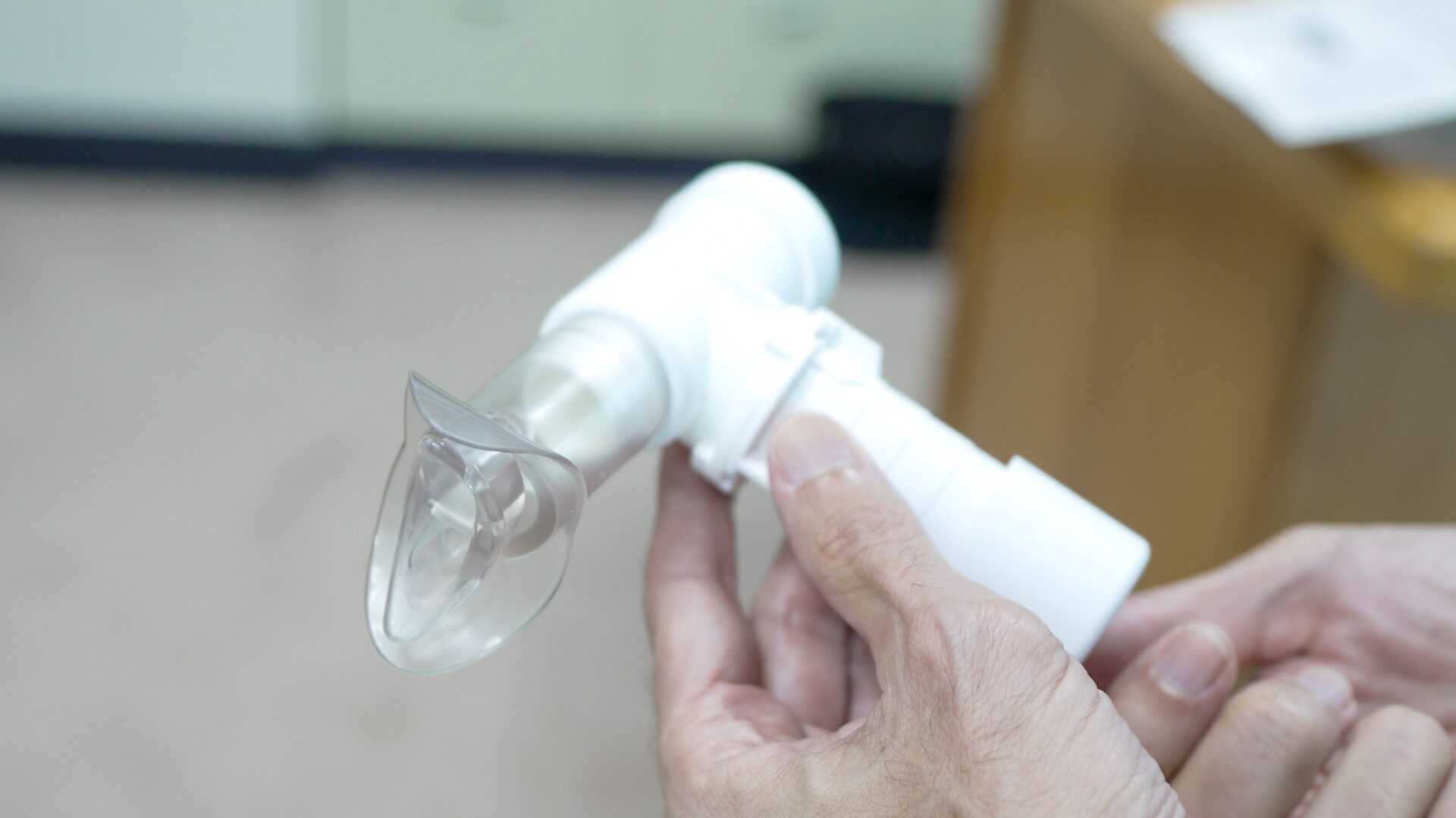
In a crucial study aimed at transforming post-operative care, Dr Luke Garske and Professor Ian Stewart are exploring a non-invasive method designed to strengthen the breathing muscles of patients undergoing talc pleurodesis for malignant pleural effusion.
This condition, a common complication of cancer, involves the accumulation of fluid between the lung and chest wall, necessitating a procedure to adhere the two surfaces together to prevent further fluid build-up.
Funded by the Wesley Research Institute, their study introduces an innovative inspiratory muscle threshold load training protocol. This approach is designed to combat post-surgery challenges such as shortness of breath and diminished quality of life by enabling patients to strengthen their respiratory muscles through personalised breathing exercises at home.
“The essence of our project is to test a non-invasive method to bolster the breathing muscles, potentially preventing the recurrence of shortness of breath following surgical procedures,” Dr Garske explains.

“This technique has shown promise in patients with chronic lung conditions, and we’re exploring its feasibility and tolerance in cancer patients undergoing talc pleurodesis.”
The significance of Dr Garske and Professor Stewart’s research extends beyond physical recovery. By fostering a non-invasive, patient-centred care model, their work is poised to revolutionise the supportive care landscape for cancer patients, significantly enhancing their post-operative journey and overall wellbeing.
“Our goal is to fill a critical gap in post-operative care,” said Dr Garske.
“Current practices offer little guidance on managing the recurrence of fluid build-up and shortness of breath. Our research aims to provide a practical and beneficial treatment option for these patients.”
The team’s approach to inspiratory muscle threshold load training diverges from traditional post-surgery recovery methods by focusing on strengthening the breathing muscles rather than merely improving lung expansion.
“Our exercises can be performed at home in just seven minutes twice a day, using equipment that is both widely available and cost-effective,” Dr Garske added.

We hope to significantly reduce the need for invasive procedures to relieve shortness of breath, thereby improving patients’ quality of life and enabling more physical activity.
Dr Luke Garske
Given the prevalence of cancer-related pleural effusion, the potential reach of this study is vast.
“In Queensland alone, cancer causes fluid build-up between the lung and ribcage in about 3,600 patients each year,” said Dr Garske.